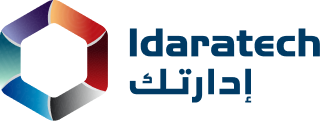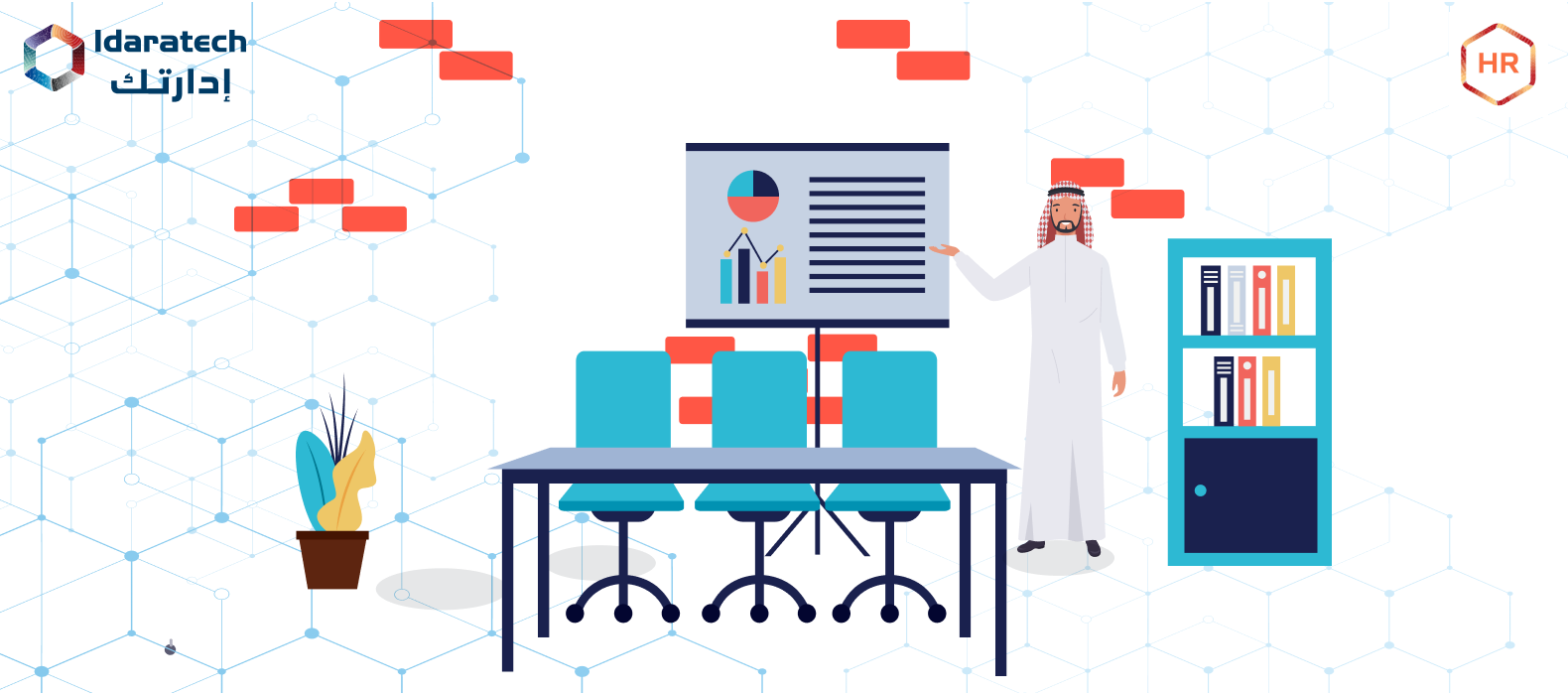Examine how employee orientation scheduling software makes onboarding easier. It’s like a clever organizer for greeting newcomers! Think of all your scheduling duties in one location—no more confusing phone calls or emails. By instantly verifying everyone’s availability, this advanced technology helps to prevent conflicts and misunderstandings.
Furthermore, it automatically generates reminders to make sure no one forgets the critical day. Knowing exactly where they need to go and when relieves stress for newcomers. This employee orientation scheduling software ensures that every team gets started with the same information regardless of size. It’s a game-changer for hassle-free onboarding, making the process more seamless for HR and new hires due to its simple setup and adjustability.
This blog will help you get the exact meaning of employee orientation, the traditional challenges, and how the software makes the scheduling of new hires, and you will examine the advantages of employee orientation scheduling software.
What Exactly is Employee Orientation?

New hires are introduced to their jobs, teams, coworkers, and the company during employee orientation. The completion of required documentation, an introduction to the company’s policies and processes, and the employee handbook are among the other crucial administrative elements it contains. It can last up to a week and occurs during the employee’s initial days at their new job.
Employee orientation is an integral aspect of the onboarding process. When a new hire has gone through the rigorous hiring process, the first day of work is their opportunity to make a positive impression on the organization.
A lasting impression is made on them throughout the very formative phase of employee orientation. When onboarding goes well, it makes new hires feel connected to their boss, coworkers, and the company. From the start, they will have a sense of empowerment in their roles. The repercussions are severe when things go wrong; of the workers who leave their positions within the first six months, 17% do so after the first week.
The Challenges of Traditional Scheduling

When employee orientations were scheduled manually, it was a complicated process. It proved to be a huge task to manage competing schedules, coordinate with other departments, and make sure that everyone who needed to be there was present. This frequently led to misunderstandings, delays, and a subpar onboarding process for new workers.
1. Manual Difficulties
Employee orientation scheduling used to require balancing calendars, making a lot of phone calls, and handling last-minute alterations. This manual method not only wasted time but also caused schedule conflicts and confusion.
2. Lack of Visibility
The onboarding timetable was challenging for HR teams and employees to perceive clearly in the absence of a centralized system. Because of this lack of visibility, sessions may be missed, or orientations may be incomplete.
The Utilization of Employee Orientation Scheduling Software

Discover the best uses for employee orientation scheduling software to unleash efficient onboarding procedures. This program improves efficiency in a number of ways, including centralized scheduling that lessens administrative burdens and real-time availability checks that guarantee dispute-free sessions. Its usefulness is further reinforced by its automated communication and flexibility in accommodating different employee onboarding strategies. Discover the most effective ways to introduce your company’s work culture to new hires with the help of this amazing software.
1. Centralized Scheduling
All scheduling tasks are consolidated on a single platform that is provided by employee orientation scheduling software. This removes the need for back-and-forth communication across departments & ensures that everyone engaged is on the same page. HR managers can quickly book orientation sessions and notify pertinent parties of the schedule with just a single click.
2. Real-Time Availability Checks
Real-time availability checks are one of the main functions of scheduling software. This avoids schedule conflicts and enables quick changes if necessary. In order to create a harmonious timetable that promotes efficiency, the program takes into account the availability of both new hiring and existing employees.
3. Automated Communication
Gone are the days of manually sending emails or making phone calls to confirm schedules. By automatically notifying all parties involved with updates and reminders, this software streamlines communication. As a result, there is a decreased likelihood of no-shows, and everyone will be informed and ready for the orientation.
4. Customization Options
Every organization has its onboarding procedure. Customization features in this scheduling software enable businesses to adapt the program to their unique requirements. By being flexible, the onboarding schedule may be adjusted to fit the needs and culture of the organization.
The Advantages of Employee Orientation Scheduling Software

Find out why Employee Orientation Scheduling Software is superior. This application reduces conflicts, expedites scheduling, and boosts overall productivity—from centralized coordination to real-time availability checks. It’s essential to a more seamless and stress-free onboarding process for both HR professionals and new hires.
1. Time Savings
HR departments can focus on more strategic and value-added initiatives by automating manual scheduling duties. This improves the overall effectiveness of the onboarding process while also saving time.
2. Increased Communication
During the onboarding process, it is essential to communicate clearly. Employee Orientation Scheduling Software keeps everyone informed and involved by automatically sending out reminders, updates, and notifications. This enhances communication.
3. Reduced Stress for New Employees
The stress level for new hires is considerably lower because of the simplified scheduling process. They may concentrate on the orientation’s subject matter instead of worrying about the specifics of logistics as they know when and where they must attend. This creates a sense of efficiency and organization within the company and sets a favorable tone for their onboarding experience.
4. Enhanced Engagement
The software makes it easier for businesses to create orientation programs that are more interesting by streamlining the scheduling process. Businesses may maximize the delivery of material with accurate scheduling and decreased downtime, guaranteeing that recruits are actively involved in the onboarding process.
Conclusion
The addition of employee orientation scheduling software represents a significant advancement in the field of onboarding new employees. This software is completely changing the way businesses welcome and integrate new team members by eliminating the difficulties associated with manual scheduling and adding features that improve productivity and communication.
Accept this employee scheduling software to make the shift to a more simplified and effective onboarding procedure. This will help the company as well as its newest hires. Finally, the implementation of employee orientation scheduling software is a huge step forward in the pursuit of effective onboarding operations. Real-time availability checks, automatic communication, and simplified scheduling are helpful for HR departments as well as for new hires who benefit from a smooth onboarding process. Investment in cutting-edge solutions, such as scheduling software, is a calculated step toward creating a more contented and productive staff as long as companies maintain their emphasis on the employee experience.
The best employee orientation scheduling software app is available on iOS and Android.
FAQ’s
Question 1: What is Employee Orientation Scheduling Software?
A digital application called employee orientation scheduling software was created to simplify and automate the employee orientation scheduling process. To guarantee a seamless onboarding process, it streamlines communication, centralized scheduling tasks, and verifies real-time availability.
Question 2: How does this software help companies?
By making the difficult work of organizing employee orientations easier to manage, this software helps businesses. It minimizes scheduling conflicts, lowers manual labor, and improves overall productivity. An enhanced level of organization and engagement is achieved in the onboarding process.
Question 3: Can this program manage various departments and schedules?
It is possible to manage the difficulties of scheduling across several departments with employee orientation scheduling software. It guarantees that all pertinent parties are informed and participating by offering a centralized platform for collaboration and communication.
Question 4: How secure is the data included within the scheduling software?
Employee Orientation Scheduling Software providers prioritize security. They frequently adhere to industry standards and put robust data encryption methods into place to protect the integrity and confidentiality of sensitive data.

